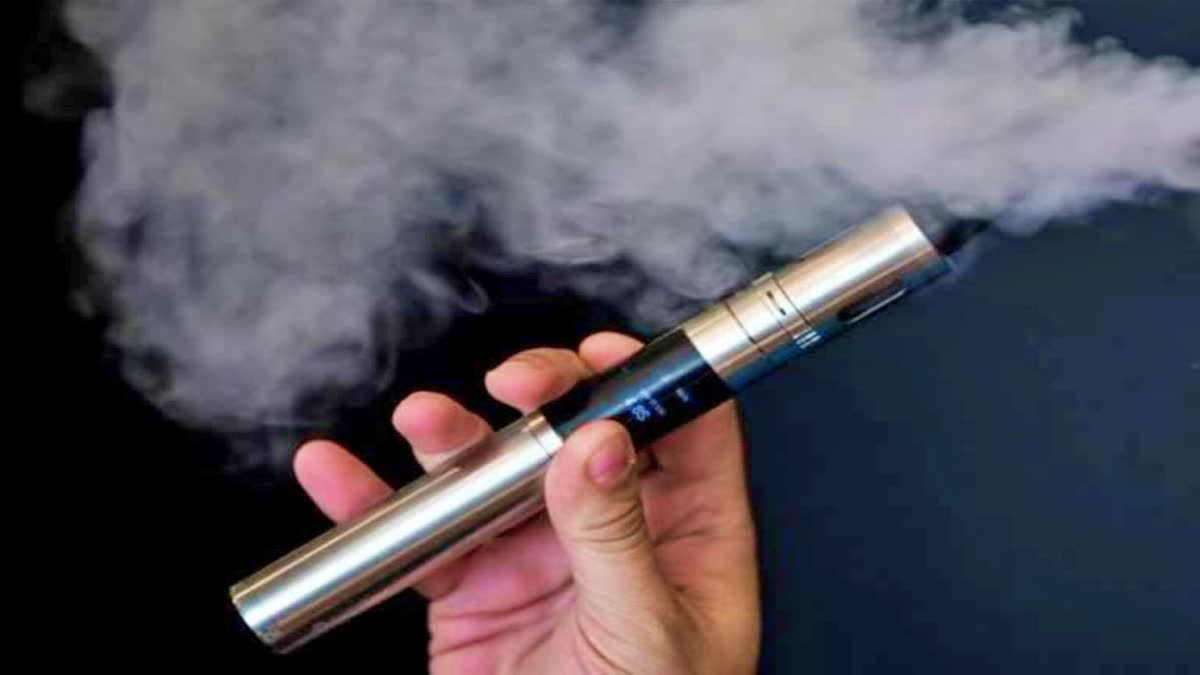New Delhi: Admitting that the emergence of e-cigarettes and other new tobacco and nicotine products present a grave threat to youth and tobacco control, the World Health Organisation (WHO) on Friday appealed government to protect young people from the uptake of tobacco, e-cigarettes and other nicotine products by banning or tightly regulating these products.
The global health watchdog recommended creating 100 per cent smoke-free indoor public places, banning flavoured e-cigarettes, banning marketing, advertising and promotion, higher taxes, increasing public awareness of the deceptive tactics used by the industry and supporting youth-led education and awareness initiatives.
The World Health Organisation (WHO) and STOP, a global tobacco industry watchdog, have launched a “Hooking the Next Generation,” report highlighting how the tobacco and nicotine industry designs products, implements marketing campaigns and works to shape policy environments to help them addict the world’s youth.
“These deceptive tactics highlight the urgent need for strong regulations to protect young people from a lifetime of harmful dependence,” the WHO said.
The report was released ahead of World No Tobacco Day on May 31. The report shows that globally an estimated 37 million children aged 13–15 years use tobacco, and in many countries, the rate of e-cigarette use among adolescents exceeds that of adults. In the WHO European Region, 20 per cent of 15-year-olds surveyed reported using e-cigarettes in the past 30 days.
Studies demonstrate that e-cigarette use increases conventional cigarette use, particularly among non-smoking youth, by nearly three times.
“History is repeating, as the tobacco industry tries to sell the same nicotine to our children in different packaging. These industries are actively targeting schools, children and young people with new products that are essentially a candy-flavoured trap. How can they talk about harm reduction when they are marketing these dangerous, highly addictive products to children?,” said Dr Tedros Adhanom Ghebreyesus, WHO Director-General.
These industries continue to market their products to young people with enticing flavours like candy and fruit. Research in the United States of America found that more than 70 per cent of youth e-cigarette users would quit if the products were only available in tobacco flavour.
According to WHO, in 87 countries, between 2014 and 2018, each reported that between 0.4 per cent and 22.7 per cent of 13–15-year-olds had been offered a free tobacco product by a tobacco company representative.
